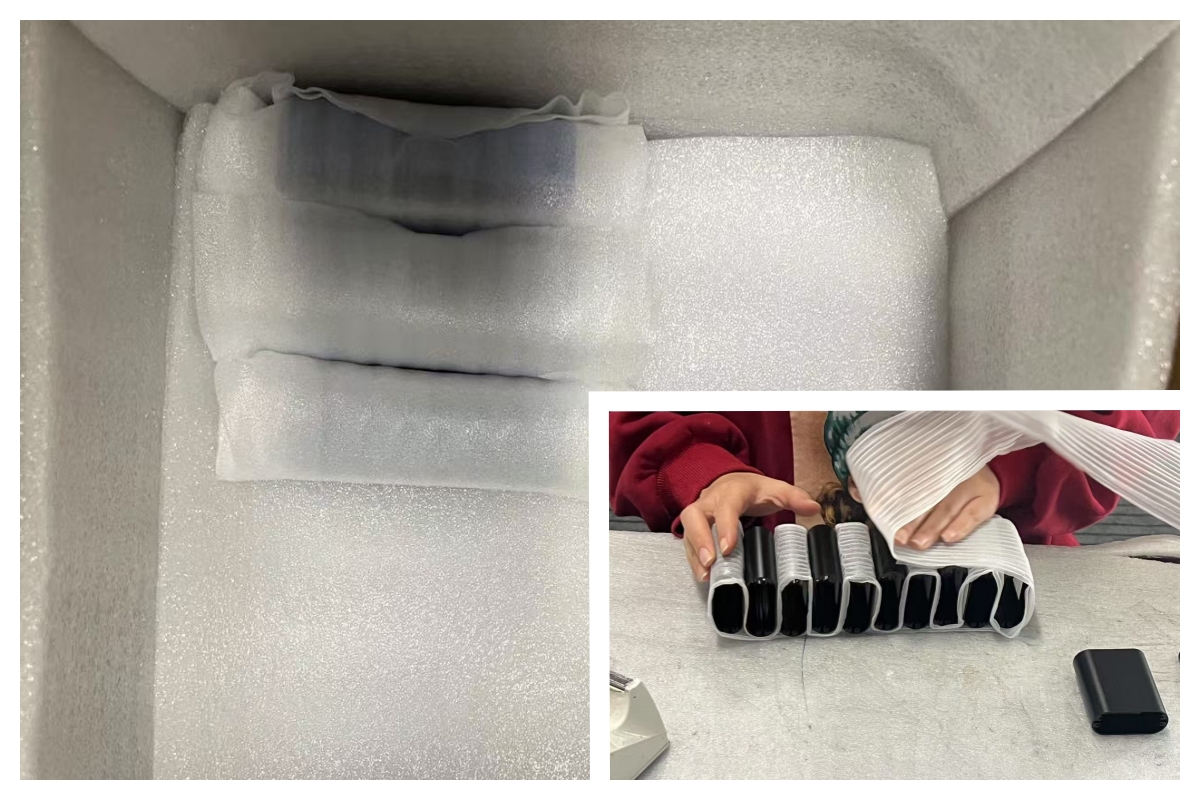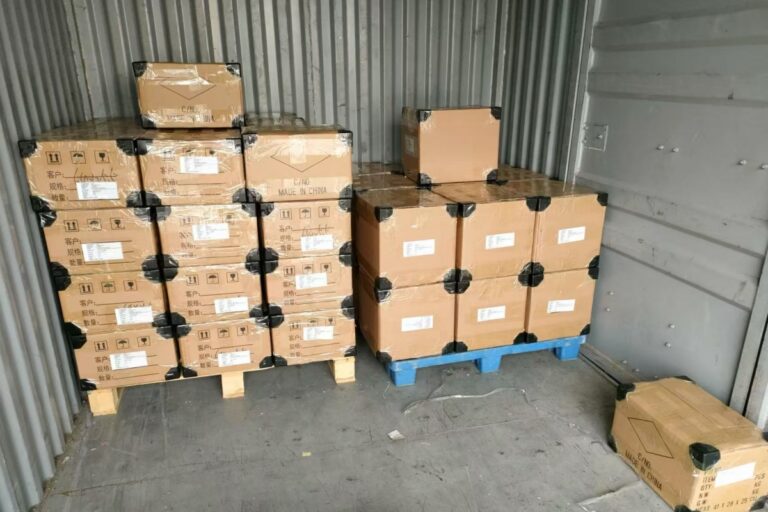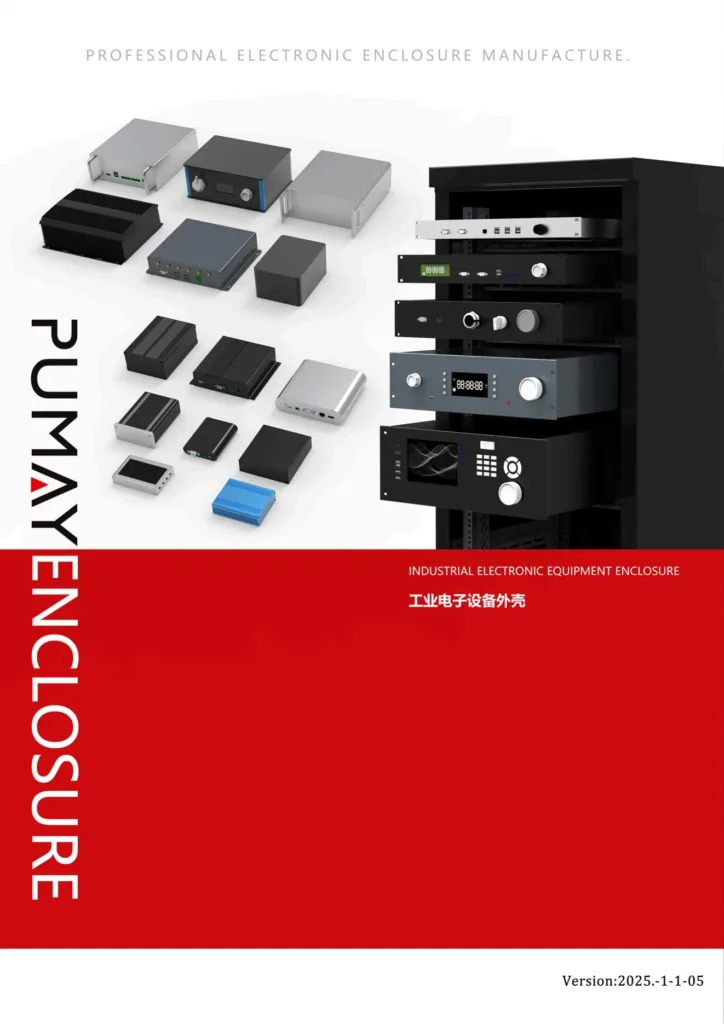Proper packaging and transportation are critical to ensure the enclosures arrive in perfect condition. Damaged enclosures can lead to costly repairs or project delays.
Using protective packaging and following safe transport practices ensures your enclosures remain intact and functional during delivery.
Here’s how to pack and ship aluminum enclosures safely and efficiently.
How Should Aluminum Enclosures Be Packaged?
Packaging plays a crucial role in protecting aluminum enclosures from damage during transit.
Each enclosure should be wrapped individually with cushioning materials to prevent scratches, dents, and deformation.
- Bubble Wrap and Foam: Provide shock absorption and prevent surface scratches.
- Corner Protectors: Reinforce the most vulnerable areas of the enclosure.
- Double-Walled Boxes: Ensure the outer packaging is strong enough to withstand external pressure.
- Moisture Protection: Use plastic films or desiccants to prevent moisture damage, especially for long-distance shipping.
What Are the Best Practices for Transporting Aluminum Enclosures?
Proper handling and transport planning can significantly reduce the risk of damage.
Select reliable shipping partners and specify the handling requirements on the packaging.
Use Palletizing for Bulk Shipments\
Grouping enclosures on pallets prevents them from shifting during transit. Wrap the entire pallet with stretch film for added stability.Avoid Stacking\
Stacking heavy objects on top of enclosures can cause deformation or breakage. Always mark boxes with "Fragile" or "Do Not Stack" labels.Choose the Right Shipping Method
- Air Freight: Fast and secure for urgent or high-value shipments.
- Sea Freight: Suitable for bulk orders with a longer lead time.
- Ground Shipping: Cost-effective for local or regional delivery.

What Are the Common Risks During Transportation?
Knowing potential risks helps in planning better packaging and handling.
- Impact and Shock: Caused by rough handling or drops during loading and unloading.
- Moisture and Corrosion: Particularly during sea transportation or in humid climates.
- Vibration Damage: Prolonged vibration can loosen components or damage the enclosure structure.
Risk Mitigation Table
| Risk | Cause | Prevention Method |
|---|---|---|
| Impact and Shock | Rough handling | Use shock-absorbing foam |
| Moisture and Corrosion | High humidity | Add moisture barriers/desiccants |
| Vibration Damage | Long-distance transport | Use vibration-proof packaging |
How to Inspect Enclosures After Delivery?
After receiving the shipment, inspect the enclosures to ensure they are in good condition.
- Check for Physical Damage: Look for dents, scratches, and deformations.
- Test Functionality: Ensure custom features like cutouts or mounting holes are undamaged and functional.
- Document Issues: If damage is found, take photos and report it to the shipping carrier immediately.
Conclusion
Proper packaging and transportation practices are essential for protecting aluminum enclosures during delivery. By using protective materials and reliable shipping methods, you can ensure your products arrive safely and in top condition.





